Description
Introduction to Bread Flour
Bread flour is a specialized type of flour that is specifically designed for making bread. It is milled from hard wheat varieties, which contain a higher protein content compared to other types of wheat. This higher protein content gives bread flour its unique characteristics, including its ability to develop strong gluten networks and produce well-risen, chewy bread with a good structure and texture.
Composition and Characteristics of Bread Flour
The protein content of bread flour typically ranges from 12% to 14%, although some varieties may have slightly higher or lower protein levels. This protein content is crucial for bread making because it provides the necessary strength and elasticity to the dough, allowing it to trap and retain gases produced during fermentation. As a result, bread made with bread flour tends to have a higher volume, finer crumb structure, and better overall texture compared to bread made with lower-protein flours.
In addition to protein, bread flour also contains other essential nutrients, including carbohydrates, fiber, vitamins, and minerals. These nutrients contribute to the nutritional value of bread and support overall health and well-being. Bread flour is often enriched with added vitamins and minerals to enhance its nutritional profile, although the specific fortification may vary depending on the manufacturer.
Bread Flour vs. All-Purpose Flour
One of the key differences between bread flour and all-purpose flour is their protein content. While bread flour contains a higher percentage of protein, all-purpose flour typically has a protein content of around 10% to 12%. As a result, bread made with all-purpose flour may be less chewy and have a softer texture compared to bread made with bread flour.
Another difference between the two flours is their gluten-forming potential. The higher protein content of bread flour allows it to develop stronger gluten networks, which are essential for creating the structure and texture of bread. In contrast, all-purpose flour may produce bread with a more delicate crumb and less chewy texture due to its lower gluten-forming capabilities.
Culinary Uses of Bread Flour
Bread flour is primarily used for making yeast-leavened bread, including loaves, rolls, baguettes, and pizza dough. Its high protein content and strong gluten development make it ideal for these types of bread, as it allows the dough to rise properly and achieve the desired texture and structure. Bread flour can also be used in recipes that call for high-gluten flour, such as certain types of pasta, noodles, and pastry.
In addition to its role in bread making, bread flour can be used as a thickening agent in sauces, gravies, and soups, although its high protein content may result in a thicker consistency compared to other types of flour. It can also be used as a coating for fried foods or as a binding agent in meatballs and meatloaf.
Tips for Using Bread Flour
When using bread flour in recipes, it’s essential to consider its unique characteristics and adjust the recipe accordingly. Here are some tips for working with bread flour:
- Measure the flour accurately using a kitchen scale or measuring cups designed for dry ingredients.
- Knead the dough thoroughly to develop gluten and achieve the desired texture and structure.
- Allow the dough to rise in a warm, draft-free environment to facilitate yeast fermentation and maximize volume.
- Experiment with different hydration levels and mixing techniques to achieve the desired consistency and texture in the final product.
- Store bread flour in an airtight container in a cool, dry place to maintain its freshness and prevent moisture absorption.
- By following these tips, home bakers can create delicious, bakery-quality bread using bread flour, achieving perfect loaves with excellent texture, flavor, and aroma.
Conclusion: Elevating Bread Making with Bread Flour
Bread flour is a key ingredient in bread making, providing the necessary strength and structure to produce well-risen, chewy loaves with a fine crumb and excellent texture. With its high protein content and strong gluten-forming capabilities, bread flour is the go-to choice for bakers looking to create bakery-quality bread at home. By understanding its unique characteristics and following best practices for working with bread flour, home bakers can achieve outstanding results and elevate their bread-making skills to new heights.
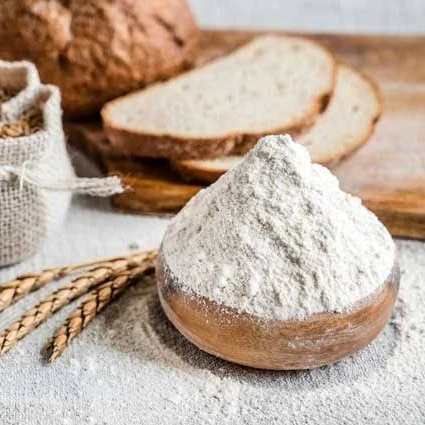
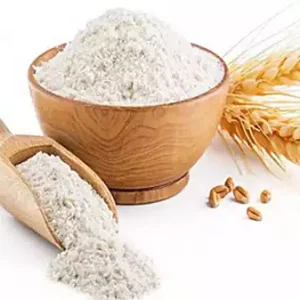
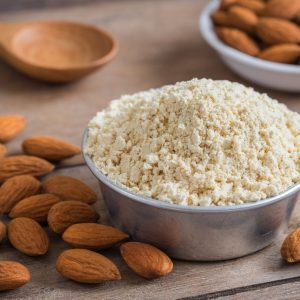
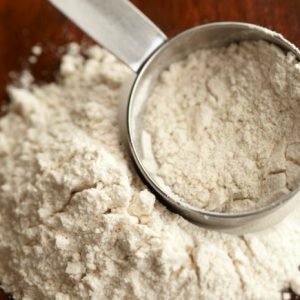
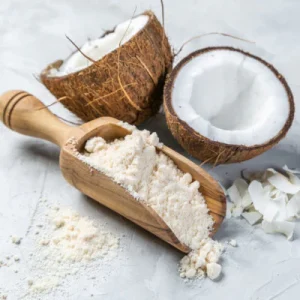
Reviews
There are no reviews yet.